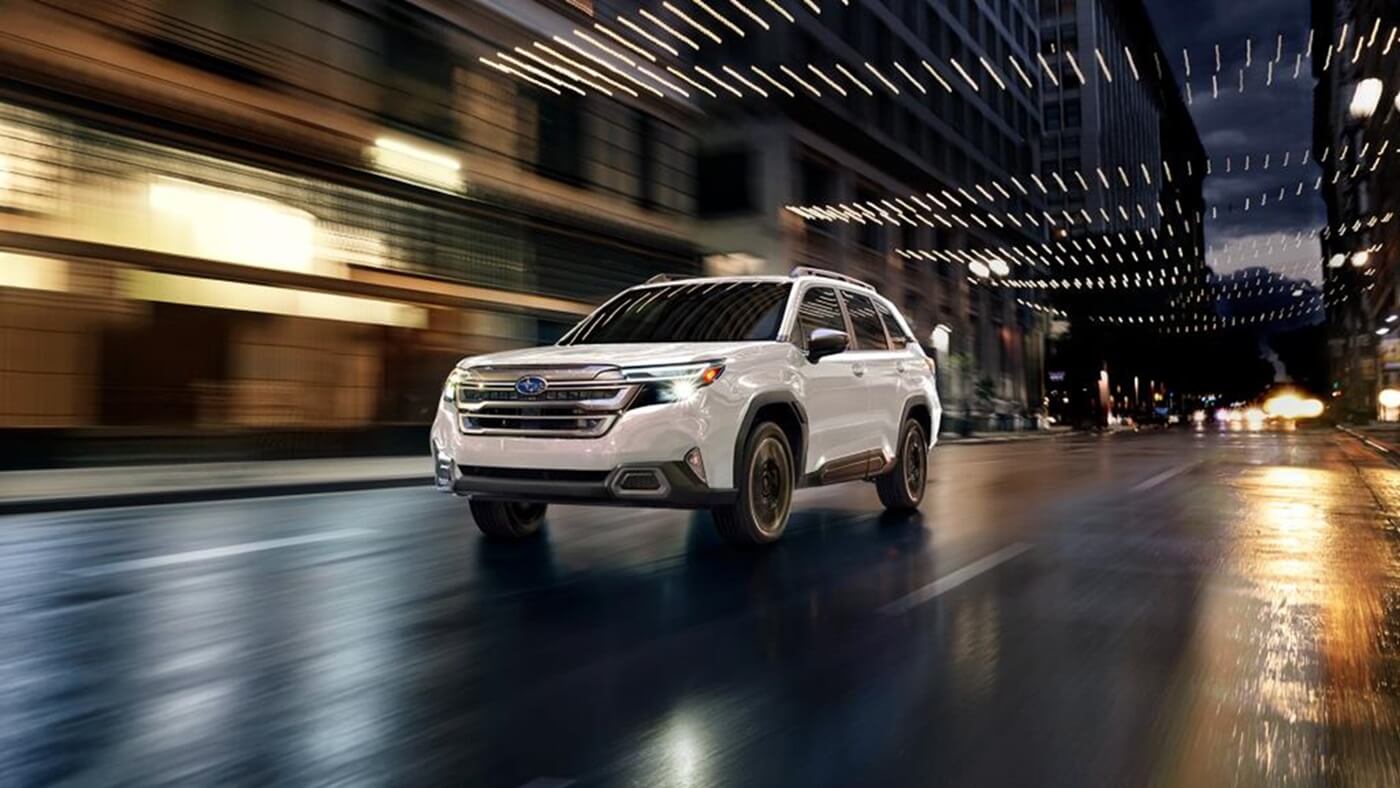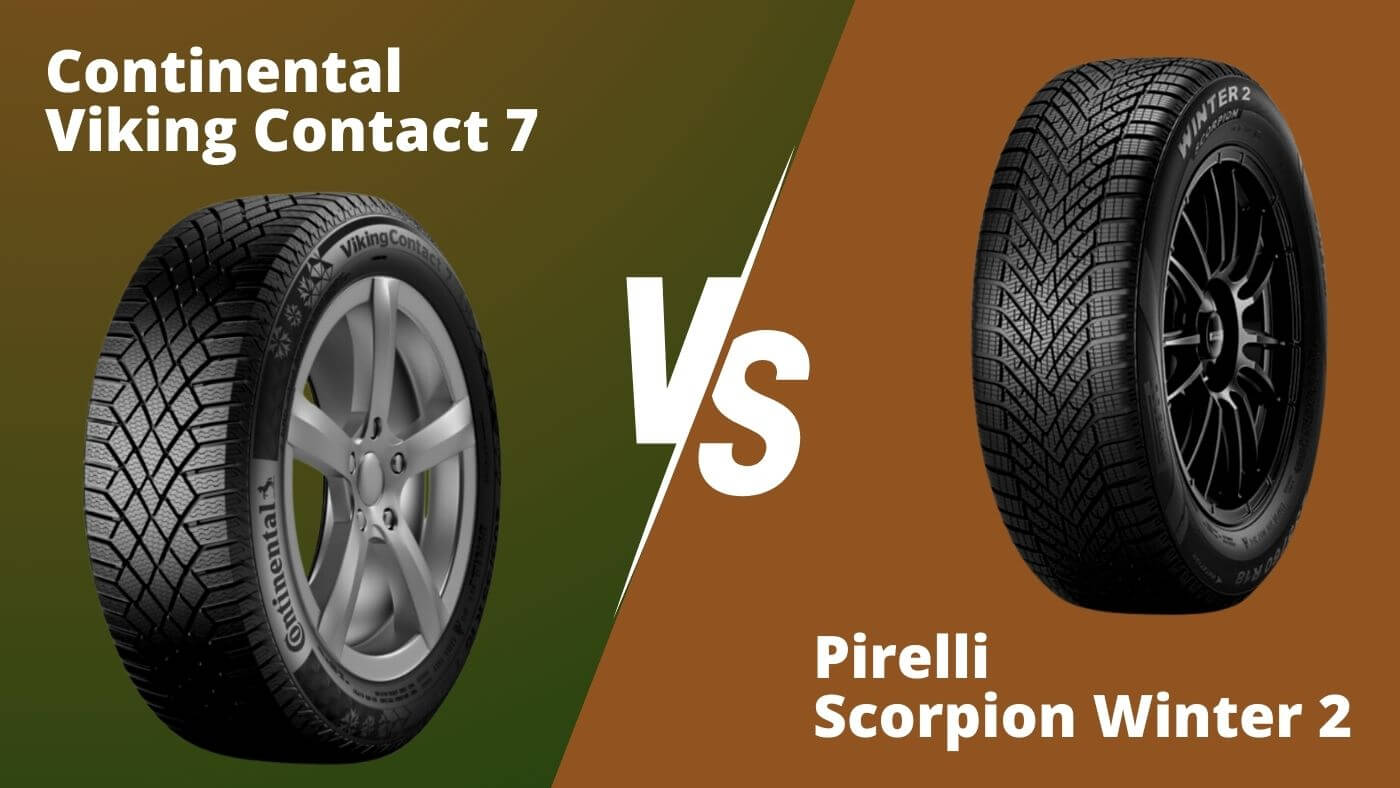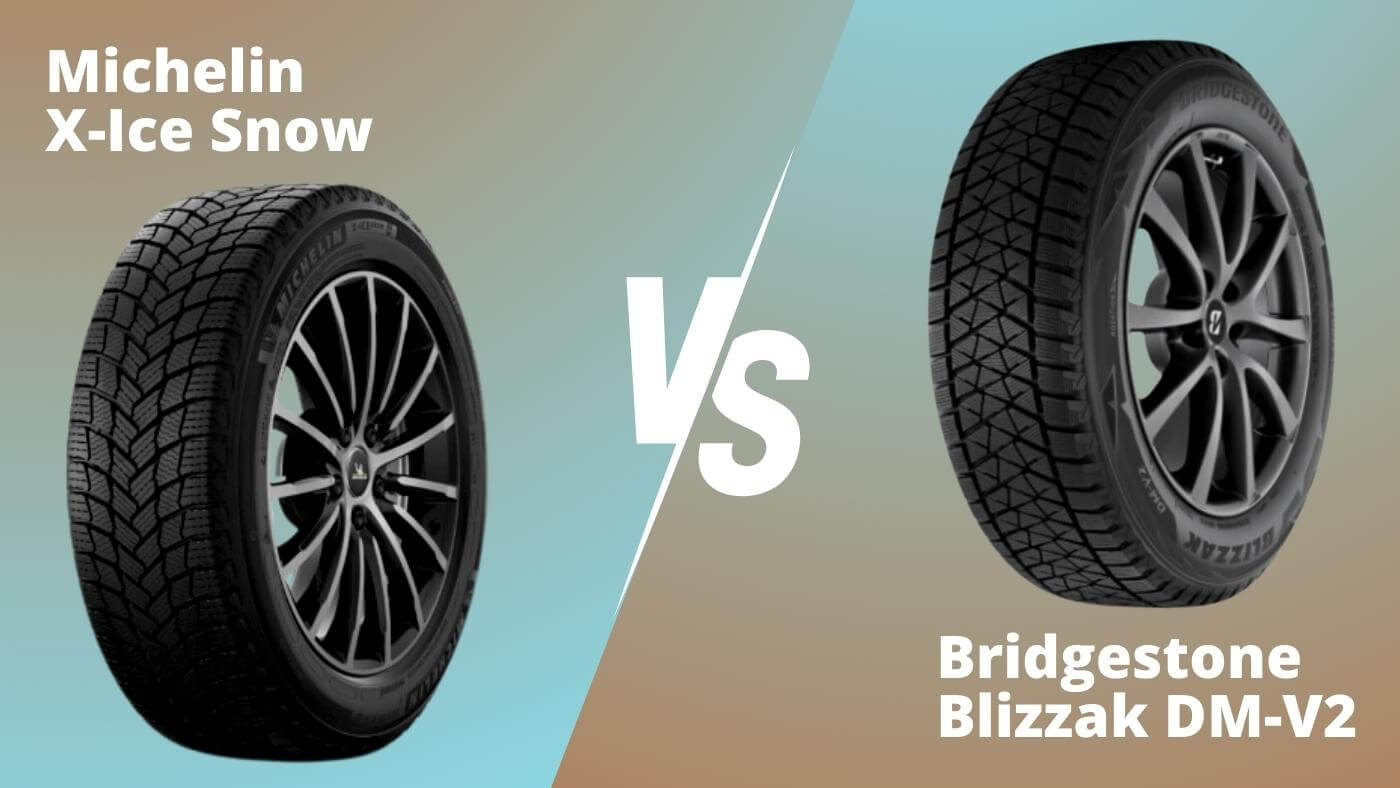If you read this blog often, it's easy to think that I'm only interested in tires. However, that's just one aspect of my job as an automotive journalist, which involves testing a new vehicle every week. Last month, I had the chance to directly compare two vehicles with similar philosophies, but very different attitudes: the Subaru Crosstrek and Forester. In their third and fifth generations respectively, both SUVs remain a popular choice on the market, especially among outdoor enthusiasts and those with safety at heart.
Comfort on a budget
Let's start with the strong point of both Japanese models: their extremely reasonable price. The base Forester 2025 is available for $36,161, while the Crosstrek retails for $31,661, including shipping and handling. With the current state of the market, this may seem like a real bargain, but options can quickly add a few thousand dollars to the bill. The Onyx version of the Crosstrek, required to take advantage of the more powerful engine, will cost $36,290.
At least, in both cases, Subaru SUVs offer a comfortable and relatively modern interior. Seat support is adequate and the driving position is pleasant, especially in the slightly higher Forester. In terms of technology, while the Outback and Forester feature large touch screens, their infotainment systems deserve a facelift. Although it works satisfactorily, especially when switched to Apple CarPlay or Android Auto mode, the design is decidedly a little vintage.
Driving pleasure: who wins?
Obviously, the two models share many of the same components, including Subaru's iconic 2.5-liter flat-six engine. The latter is only available on top-of-the-range versions of the Crosstrek, but is standard on the Forester. While the two SUVs deploy the same 182 horsepower, the result is extremely different. The little Crosstrek felt much more agile, and gave me a sense of dynamics that I found hard to replicate in the Forester. Far be it from me to say that its ride is completely boring, but I would have liked a little more character from the larger model.
In both cases, however, I was able to drive in complete safety thanks to the EyeSight driver assistance technology package, which has been refreshed in recent years. Unlike other systems of its kind, EyeSight is rather passive and rarely takes control from the driver. For some, this is a negative point, but I admit to appreciating the feeling of superior control that this kind of technology offers. Of course, Subaru's famous symmetrical constant-mesh all-wheel drive is also a factor, greatly enhancing stability and handling, especially when cornering.





